Festival de la Cultura de los Eruditos Coreanos de Yeongju (영주 한국선비문화축제)
17.2Km 2025-04-23
Sobaek-ro 2796, Sunheung-myeon, Yeongju-si, Gyeongsangbuk-do.
054-630-8708 / 054-639-6612
El Festival de la Cultura de los Eruditos Coreanos de Yeongju es un evento local celebrado en la Aldea Seonbichon y el Centro Cultural Seonbi de Corea. Durante la festividad, se realizan distintas actividades de entretenimiento y eventos secundarios como desfile callejero, espectáculo de bibimbap (plato tradicional coreano con arroz y vegetales), corte de la cinta para la inauguración, elaboración de tótem o concurso de cocina, atrayendo de esta manera a muchos visitantes.
Pasarela Panorámica Mancheonha (만천하 스카이워크)
17.2Km 2025-03-17
Otbawi-gil 10, Jeokseong-myeon, Danyang-gun, Chungcheongbuk-do
La Pasarela Panorámica Mancheonha se encuentra en Danyang, en un acantilado del río Namhangang, aproximadamente a 80 o 90 metros sobre el nivel del agua. Los visitantes pueden caminar a gran altura con la vista de las aguas del río debajo. La vista panorámica de Danyang y el monte Sobaeksan se puede apreciar desde el observatorio. Los amantes de las emociones pueden pasear por la pasarela con fondo de cristal, así como de las atracciones cercanas, como una tirolesa y una montaña rusa alpina.
Picos Dodamsambong (도담삼봉)
17.3Km 2024-03-25
Sambong-ro 644, Maepo-eup, Danyang-gun, Chungcheongbuk-do
Dodamsambong son tres picos de piedra que se levantan al lado del río Namhangang. La roca grande se llama Janggunbong (Roca del Esposo); la roca a la izquierda, que parece mostrar coquetería, se llama Cheopbong (Roca de la Concubina); y la roca a la derecha, ajena de la roca grande, se llama Cheobong (Roca de la Esposa), que representa una esposa enojada que se aleja de su marido, porque él ha traído a una concubina para tener un hijo. Se dice que Jeong Do-jeon, conocido por su seudónimo Sambong, pasó sus días de juventud aquí. Él fue un político que contribuyó a la fundación del Reino Joseon. Alrededor de los tres picos se encuentra una fuente musical que fue instalada en 1998. La fuente sirve como lugar de descanso para los turistas, especialmente de noche. La cascada y el flujo del agua operan al son de una hermosa música.
Túnel de Luz de Suyanggae en Danyang (단양 수양개빛터널)
17.3Km 2022-04-04
Suyanggaeyujeok-ro 390, Jeokseong-myeon, Danyang-gun, Chungcheongbuk-do
Construido durante la ocupación japonesa de Corea (1910-1945), el Túnel Suyanggae tiene unos 200 metros de largo y 5 metros de ancho. La instalación estuvo abandonada durante mucho tiempo hasta que se le hizo una renovación, convirtiéndola en un túnel iluminado. El túnel cuenta con proyecciones de video, luces LED y proyecciones multimedia de tipo media facade, que suelen deslumbrar a los visitantes.
Museo de la Prehistoria Suyanggae (수양개선사유물전시관)
17.3Km 2023-04-13
Suyanggaeyujeok-ro 390, Jeokseong-myeon, Danyang-gun, Chungcheongbuk-do.
+82-43-423-8502
El Museo de la Prehistoria Suyanggae presume de ser el sitio prehistórico más grande de Corea. El museo contiene una multitud de reliquias, especialmente herramientas de piedra, de la Edad de Piedra Tardía, y ha sido designado por la Unesco como Patrimonio de la Humanidad. Las herramientas de piedra fueron descubiertas por un equipo de la Universidad Nacional Chungbuk, que excavaban sitios históricos en el área que iba a ser sumergida por la construcción de la represa Chungju. El museo provee información detallada y mapas marcados de los sitios prehistóricos de Danyang. Allí, los visitantes pueden aprender sobre la vida y la sabiduría del hombre paleolítico.
Roca Sainam en Danyang (단양 사인암)
17.3Km 2024-03-22
Sainam 2-gil 42, Daegang-myeon, Danyang-gun, Chungcheongbuk-do.
La roca Sainam, localizada en Sainam-ri, Daegang-myeon, es una de las Ocho Maravillas Escénicas de Danyang, y se encuentra en el sudeste del distrito de Danyang-gun, junto a la roca Sangseonam, la roca Jungseonam y la roca Haseonam del valle Seonam.
La roca Sainam tiene una altura de 70 metros y el arroyo Namjocheon, con sus aguas de un azul oscuro, pasa frente a ella. La mayoría de los visitantes de las Ocho Maravillas Escénicas de Danyang tienden a venir a esta roca como primer destino, debido a las buenas condiciones del camino. Además, el valle Unseongugok se asienta frente a la roca Sainam. Fue elegida como el lugar más pintoresco de las Ocho Maravillas. En la cima, hay una frase grabada por el erudito Yeokdong Utak de su propia mano, y también se encuentran viejos pinos naciendo del piso de roca, que es una reminiscencia del río Haegeumgang.
Sainam fue llamada así por el erudito Utak durante la dinastía Goryeo. Él se desempeñó en el servicio público, en una posición llamada sain, como asistente del rey, y cuando se retiró a su tierra natal, en Danyang, comenzó a enseñar a los jóvenes estudiantes. En su honor, un gobernador de Danyang llamó Sainam a esta roca.
Sogang House (소강고택)
17.5Km 2025-07-18
22 , Baraemi-gil, Bonghwa-gun, Gyeongsangbuk-do
Sogang House is a 100-year-old hanok located in Baraemi Village, Bonghwa, Gyeongsangbuk-do, and was built by Namho Kim Roe-sik, an independence activist, for his second son, Sogang Kim Chang-gi. There are six rooms, ranging from Sarangbang to Eosabang. Sarangbang contains two rooms and a daecheong maru (wooden-floored hall), Seonbibang is the first room to see the sun in the morning, and Doryeongbang is the only ondol (underfloor heated) room built with red clay. All rooms have air conditioning, and as you exit the room, you are greeted by a beautiful garden with flowering trees.
Seokmun (석문)
17.6Km 2022-04-07
Sambong-ro 644-33, Maepo-eup, Danyang-gun, Chungcheongbuk-do.
Fortaleza Jeokseong de Danyang (단양 적성)
18.2Km 2023-04-12
Habang-ri San 3-1, Danseong-myeon, Danyang-gun, Chungcheongbuk-do.
La Fortaleza Jeokseong de Danyang es una fortaleza hecha de piedra del monte Seongjaesan de Danyang. Unos 900 metros cuadrados del área fueron destruidos, pero la parte nororiental todavía se conserva. Fue construida en la pendiente sur del monte y cerca de la cumbre. Fue designada como Sitio Histórico en agosto de 1979.
La circunferencia de la fortaleza es de 923 metros, pero la mayoría de los muros han colapsado. Una sección de 3 metros de pared permanece en la parte nororiental. Fueron encontradas tres puertas en las áreas suroeste, este y sureste. Dentro de la fortaleza se encuentra el Monumento de piedra Jeokseongbi. La fortaleza también es llamada Jeoksanseong, como el lugar donde se asentó un puesto de avanzada contra el ejército invasor del reino de Silla, que había robado las instalaciones del reino de Goguryeo.
* Un símbolo histórico de la Fortaleza Jeokseong
El monumento de piedra Jeokseongbi fue encontrado en 1978 dentro de la fortaleza. Muestra la lucha por el poder entre Silla y Goguryeo. Junto al monumento, la fortaleza también alberga reliquias del período de los Tres Reinos de Corea, como loza de barro cocido y tejas del período Goryeo. Además, el método empleado para construir la estructura resultó en su solidez, por eso esta fortaleza es una importante pieza para estudio de las fortificaciones antiguas.
Festival del Songi de Bonghwa (봉화송이축제)
19.6Km 2025-10-23
Naeseong-ri 506, Bonghwa-eup, Bonghwa-gun, Gyeongsangbuk-do.
054-674-3053
Las setas songi (setas del pino) de Bonghwa están consideradas una especialidad de primer orden. Estas setas crecen solo en los pinos llamados chunyangmok, y pueden ser almacenadas durante largos períodos de tiempo. Durante el Festival del Songi de Bonghwa, los visitantes pueden ver estas setas en su hábitat natural e incluso tener la oportunidad de recolectarlas. También se pueden probar varios licores y especialidades locales elaborados a partir de las deliciosas setas songi.
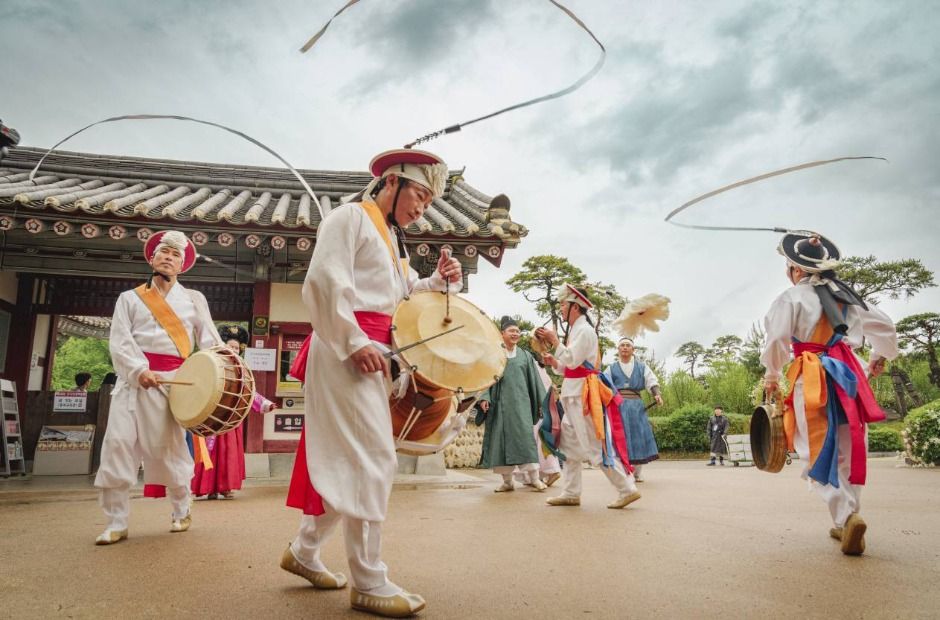
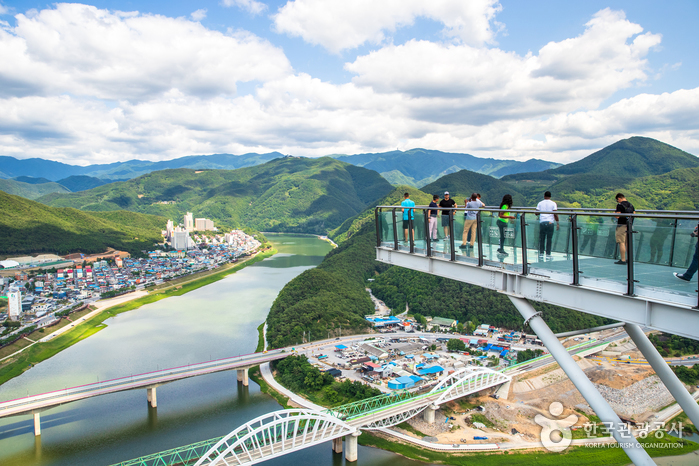
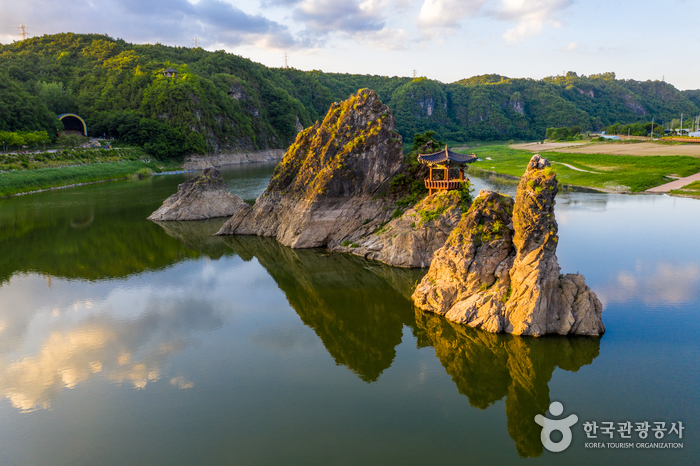

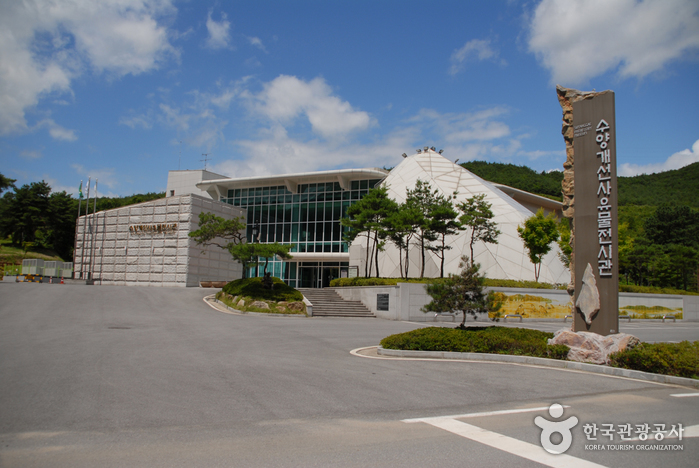
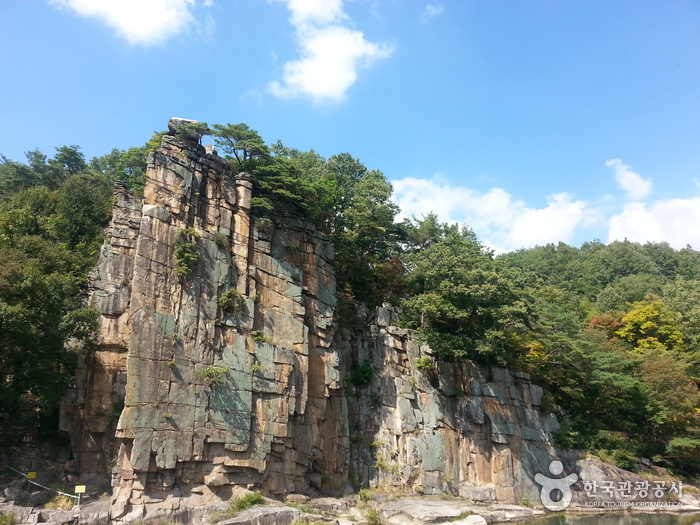
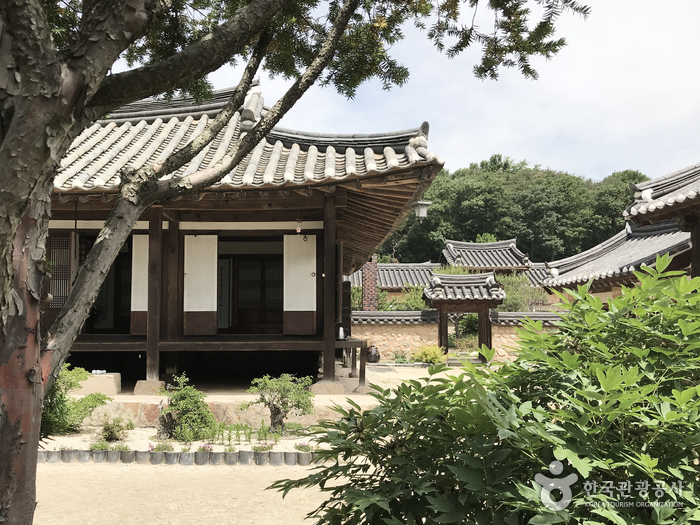
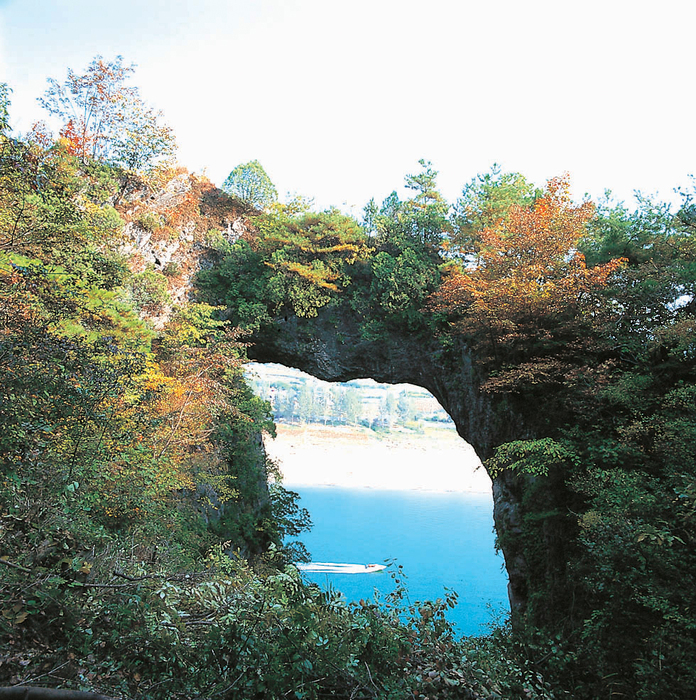
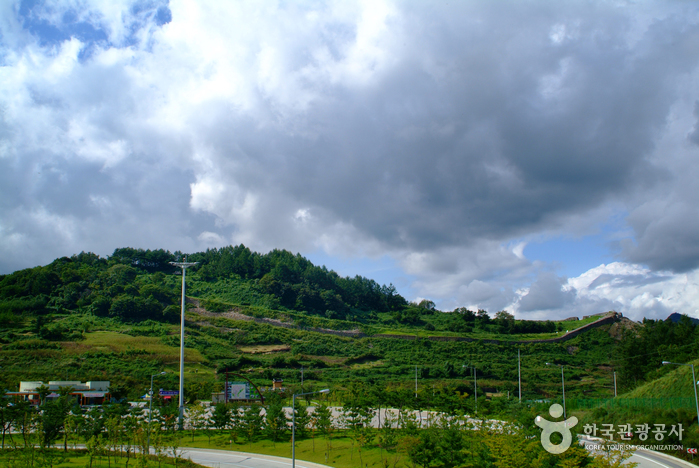
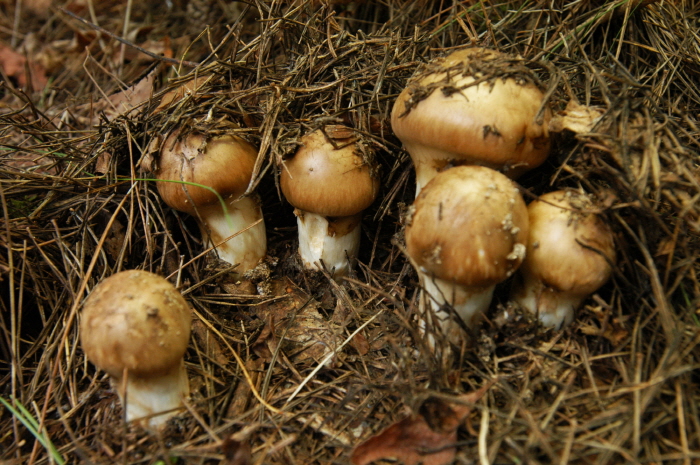
 Español
Español
 한국어
한국어 English
English 日本語
日本語 中文(简体)
中文(简体) Deutsch
Deutsch Français
Français Русский
Русский